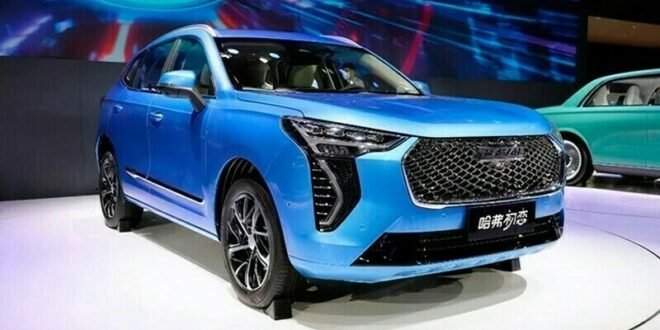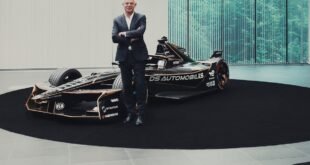Introduction to Sazgar Engineering Works’ New Electric Vehicle Initiative
Sazgar Engineering Works (SAZEW) has taken a significant step forward in the electric vehicle (EV) sector by launching pre-bookings for its first locally assembled plug-in hybrid electric vehicle (PHEV). The model, HAVAL H6 Hi4 1.5L AT AWD Turbo, is set to be rolled out in August 2025. This marks a pivotal moment for Pakistan’s automotive industry, as it moves toward embracing more sustainable transportation solutions.
The HAVAL H6 Hi4 model is part of a broader strategy by Sazgar to expand its hybrid portfolio. In addition to this model, the company plans to introduce two more PHEVs: the TANK-500 Hi4-T 4X4 2.0L Turbo AT SUV and the CANNON ALPHA Hi4-T 4X4 2.0L Turbo AT pickup truck. These models are expected to be locally assembled and launched by the end of March 2026, further diversifying the range of eco-friendly vehicles available in the market.
Understanding Plug-In Hybrid Electric Vehicles
Plug-in hybrid electric vehicles (PHEVs) combine the benefits of traditional internal combustion engines with the advantages of electric power. These vehicles feature a larger battery pack that allows them to operate solely on electric power for a certain distance before switching to hybrid mode. Once the battery is depleted, the vehicle uses both the gasoline engine and the electric motor to continue operating.
This dual capability makes PHEVs particularly suitable for countries like Pakistan, where the infrastructure for electric vehicle charging stations is still developing. By offering an alternative that doesn’t rely entirely on a robust charging network, PHEVs provide a practical solution for consumers looking to reduce their carbon footprint without compromising on convenience.
Government Support for EV Adoption
The Pakistani government has been actively working to promote the adoption of electric vehicles. One of the key measures includes reducing electricity tariffs for EV chargers by 45% starting from January 2025. This initiative aims to encourage private investment in charging infrastructure, making it easier for consumers to transition to electric and hybrid vehicles.
Industry experts believe that Sazgar’s move will not only stimulate competition but also drive innovation within the EV market. As more companies enter the space, the variety of options available to consumers will increase, leading to better technology, improved performance, and more competitive pricing.
Expansion of the EV Market in Pakistan
In addition to Sazgar’s efforts, other major players are also showing interest in the Pakistani EV market. BYD, the world’s largest electric vehicle manufacturer, recently announced plans to assemble its first electric car in Pakistan by mid-2026. This development highlights growing confidence in the country’s potential as a regional hub for electric and hybrid vehicles.
Several factors contribute to this optimism, including government incentives, rising consumer demand for greener transportation options, and the increasing availability of electric and hybrid models. As more companies invest in the local market, the EV industry in Pakistan is poised for significant growth.
Future Outlook for the EV Sector
With the introduction of new PHEV models and the expansion of the EV market, Pakistan is taking important steps toward a more sustainable future. The combination of government support, corporate investment, and consumer interest is creating a favorable environment for the growth of electric and hybrid vehicles.
As more companies like Sazgar Engineering Works and BYD establish a presence in the country, the landscape of the automotive industry in Pakistan is likely to change dramatically. This shift not only benefits the environment but also offers economic opportunities, technological advancements, and improved mobility solutions for the population.
In conclusion, the recent developments in the EV sector in Pakistan signify a promising future for the country’s automotive industry. With continued efforts from both the public and private sectors, the path toward a cleaner, more efficient transportation system is becoming increasingly clear.
 Info Malang Raya Its All About World News
Info Malang Raya Its All About World News



